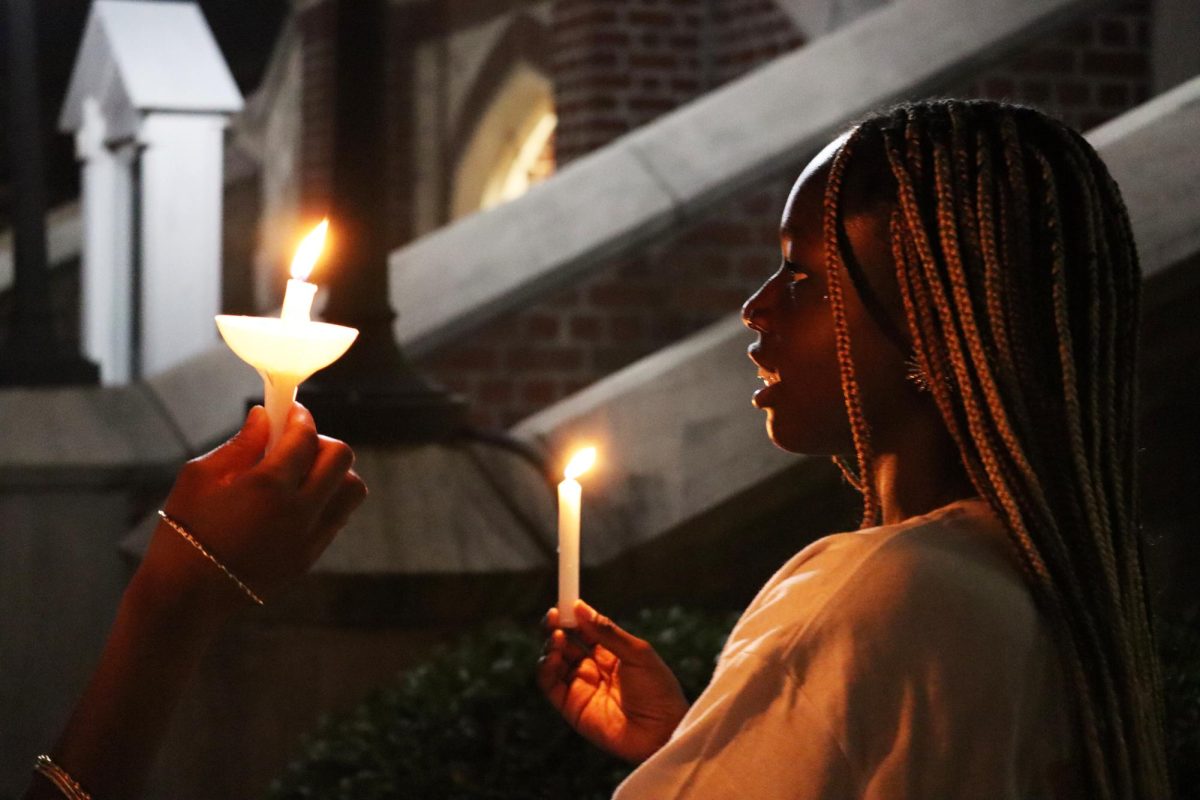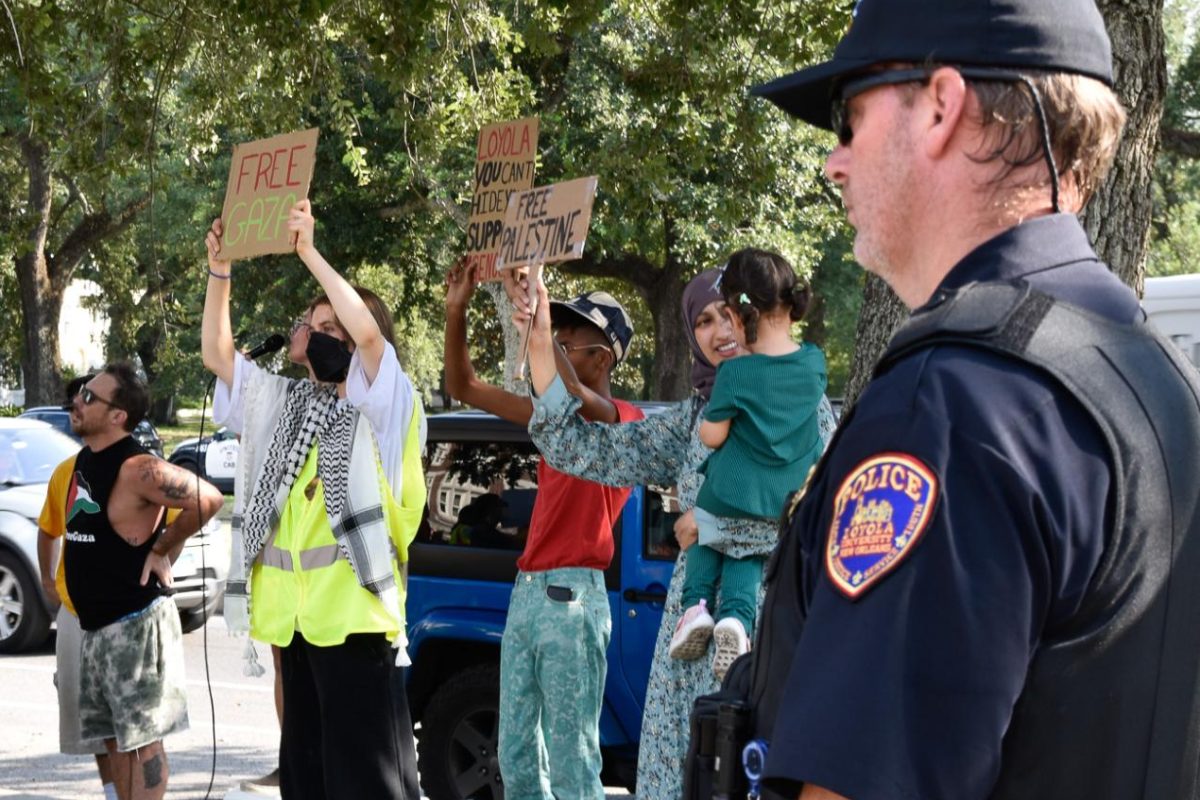As most students prepared for Thanksgiving break, 32 students traveled to Fort Benning, Ga. to protest the School of the Americas.
Although the protest has become a yearly event for the Loyola community, it does not make it any less significant. The students who participate in the protest have an admirable quality that stands out on campus.
In spite of their fairly apathetic generation, these students are taking time to protest something that is important to them.
The protest was the culmination of Martyr’s Week on campus, which included several speakers and a prayer service for peace.
The most apparent part of the week was the small wooden crosses that lined the Peace Quad, each cross representing someone who had been killed by the violence in Central America.
It was clear that the students invested a lot of time in the week, particularly to travel to Georgia for the weekend. There, the students participated in a conference leading up to the protest.
During the week, it was apparent that there were many people on campus who did not agree with the message of Martyr Week, or the students’ decision to protest the School of the Americas.
Yet we do not have to agree with the protest’s message to respect their dedication.
The protest is a noteworthy example of Loyola students — or even of college students in general—working for a cause they are passionate about, and it can’t be argued that this sort of spirit is in a decline.
We are at a university that encourages activism. Although the university cannot push us to work for any cause, it certainly provides support for those who do want to do so. Social justice, after all, is one of the pillars of the Jesuits.
We are fortunate to go to a university that invigorates its students to be engaged and combat apathy.
There is a reason why the School of America protest is not the only event Loyola students participate in. From community service to guest speakers, it seems like there are always opportunities to become involved or to at least learn more about a cause.
With all of these chances, it seems hard to attend Loyola without somehow getting engaged.
We don’t all have to travel to Georgia, but we can definitely learn something from the students who attended the School of Americas protest.
They demonstrated that we do not have to remain indifferent, and that we can become empowered to participate in a cause.
Whether or not they had a large effect at the School of Americas, or even if they influenced many here at Loyola, at least they are trying. It’s more than many of us can say that we have done.
Our apathy is not necessarily our fault. Many of us have learned to be ambivalent from an early age, growing up in the post-Cold War, 24-hour news era.
But perhaps it is time for us to change and apply what Loyola has taught us. Let’s be the exceptions to the generation of indifference. There are numerous ways to start on campus.
Whether or not the students had a significant impact at Fort Benning, Ga., they certainly had an impact on us at The Maroon.







